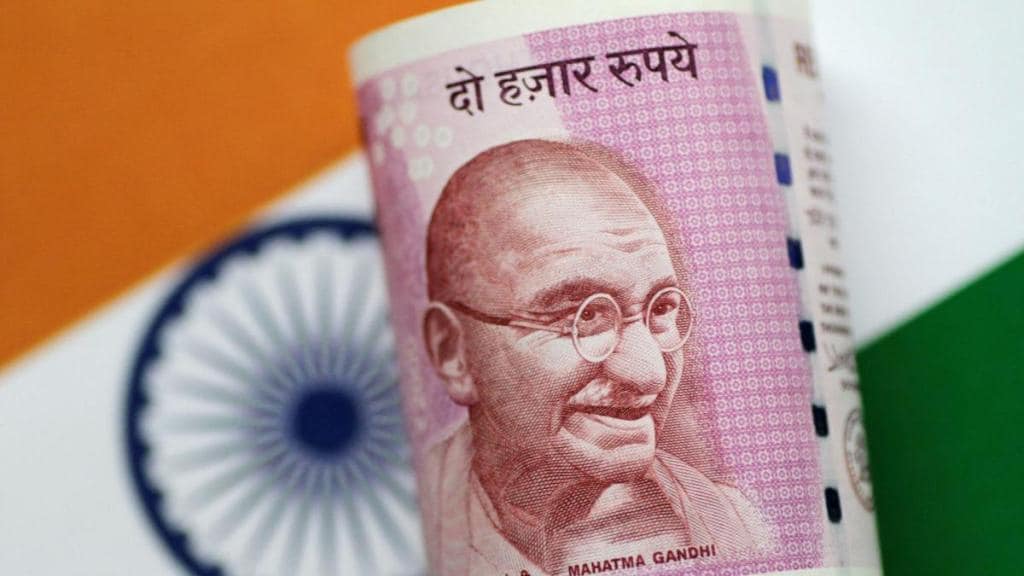A slower pace of spending despite buoyant revenues will likely bring down the Union government’s fiscal deficit to a level below the budgeted 4.9% of GDP in the current financial year.
Spending on the new or revamped schemes like Pradhan Mantri Awas Yojana-Gramin (PMAY-G) and Urban (PMAY-U), and employment-linked incentives is seen to materialise only in the second half of 2024-25. Similarly, the Centre would take time to roll out interest-free capex loans linked to reforms by states.
The Centre has enhanced the outlay on interest-free capex loans to Rs 1.5 trillion for FY25 from Rs 1.3 trillion in the interim budget. As half of that or Rs 75,000 crore would be linked to reforms, the disbursements will be delayed until later in the year.
Due to a slowdown in government programmes on account of general elections and the full budget for FY25 on July 23, the Centre’s capex declined by 35% annually to Rs 1.81 trillion in Q1FY25. Revenue expenditure rose by a modest 2% on year to Rs 7.89 trillion during the period.
“We have fixed estimates for schemes at the level that we would want the ministries to achieve. It is a challenge for the ministries to achieve the targets because this was a year in which some months went into the election phase. But, we are optimistic that we will be fairly close to the budget target… beyond that, we’ll have to see how it pans out,” a senior official told FE.
On the other hand, revenues have been buoyant. According to the latest data, direct tax collections (post refund) rose by 22.5% on year to Rs 6.93 trillion between April 1 and August 11, 2024, as against the required rate of growth of 12.8% to achieve the FY25 target of Rs 22.07 trillion.
Going by the progress so far, direct tax collections will exceed the target by a decent margin in FY25. On the indirect tax front, goods and services tax (GST) collections are on track to meet the budget target. The Centre has already achieved 70% of its FY25 non-tax revenues target in the first quarter due to substantially higher dividend receipts.
In the full budget for FY25 presented on July 23, the Centre further pared the fiscal deficit target to 4.9% of GDP from 5.1% projected in the interim Budget in February as it used Rs 1.3 trillion extra dividends from the Reserve Bank of India to trim borrowings as well as provide additional funds for development and welfare schemes.
If revenues overshoot the target, “then the fiscal deficit could undershoot the fiscal deficit target this year,” Icra chief economist Aditi Nayar said.
Bank of Baroda chief economist Madan Sabnavis said a lower fiscal deficit that 4.9% cannot be ruled out. “Given that we have just 7 more months to go and due to slow spending in the first quarter, there may be some surplus revenue left which can help to lower the deficit. This will be helpful for the next year when the resolution is to reduce the same to 4.5%,” he said.


